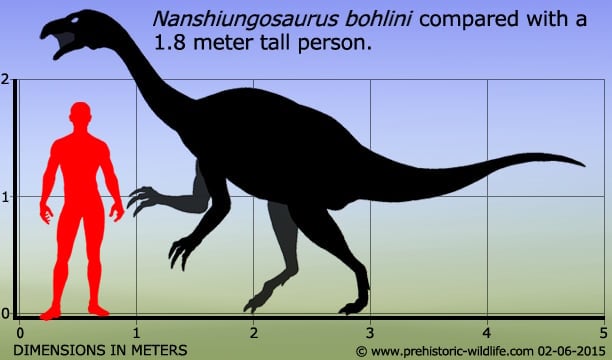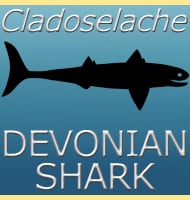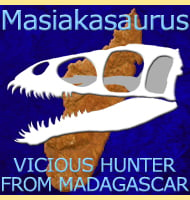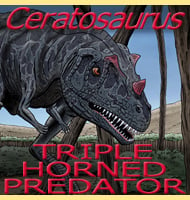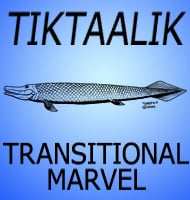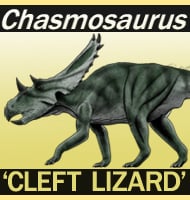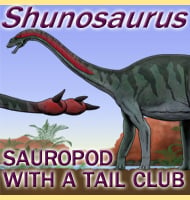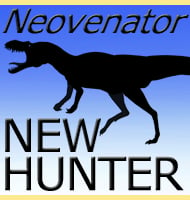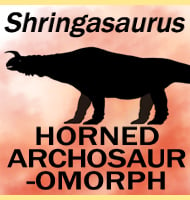In Depth
Nanshiungosaurus was first described from partial remains mostly consisting of vertebrae in 1979. To begin with Nanshiungosaurus was thought to be a titanosaurian sauropod dinosaur, a bit later it was realised to be a therizinosaur. As a therizinosaur, Nanshiungosaurus was a theropod dinosaur that had adapted to a herbivorous diet instead of a carnivorous one.
A second species, N. bohlini was described upon the basis of slightly larger vertebrae in 1997, however some researchers have questioned this move upon the basis that there are no clear similarities between these and fossils of N. brevispinus. Some have even gone so far as to suggest that the fossils of N. bohlini should be described as a distinct genus.
Further Reading
- Cretaceous dinosaurs of Hunan, China. Mesozoic and Cenozoic Red Beds of South China: Selected Papers from the Cretaceous-Tertiary Workshop. - Institute of Vertebrate Paleontology and Paleoanthropology & Nanjing Institute of Paleontology (eds.), Science Press, Nanxiong, China 342-350. - Z. Dong - 1979. - A new segnosaur from Mazongshan area, Gansu Province, China. Sino-Japanese Silk Road Dinosaur Expedition. China Ocean Press, Beijing 90-95. - Z. Dong & H. Yu - 1997. - A taxonomic and phylogenetic re-evaluation of Therizinosauria (Dinosauria: Maniraptora). - Journal of Systematic Palaeontology 8 (4): 503–543. - Lindsay E. Zanno - 2010.
